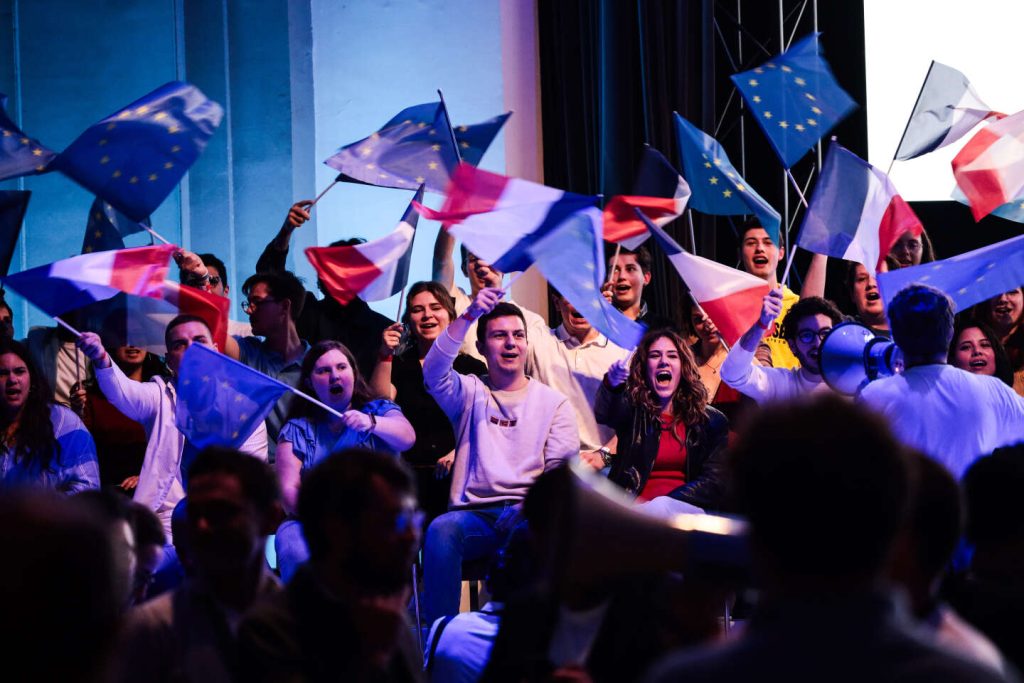The article discusses the fourth wave of the electoral survey conducted by Ipsos, in partnership with other organizations, which shows that people aged 70 and above are twice as likely to vote in the upcoming European elections on June 9 compared to those under 34. This reflects a similar trend to the forecasts from April 2019, prior to the previous European election. Despite this, five years ago, there was a surprising mobilization of young people during the elections, leading to increased overall participation compared to 2014.
The Ipsos electoral survey confirms two political trends and a democratic uncertainty. Firstly, the extreme right has unprecedented electoral potential, with the list of the National Rally (RN) led by Jordan Bardella projected to secure over 30% of the vote, far ahead of the list supported by President Macron, led by Valerie Hayer (17%). This margin between the top two lists would be unprecedented since 1984, when Simone Veil led the winning list. Secondly, the study confirms the electoral dynamic around the Socialist Party – Public Square list led by Raphaël Glucksmann (14% of the vote), providing hope for a center-left political space that had been absent since 2017.
The results of the new survey also reveal a significant democratic uncertainty, regarding voter turnout, particularly among young people. Over the past twenty years, voter abstention has been on the rise in every election. However, the 2019 European elections were an exception in the context of overall declining interest among French voters. Voter turnout in France had increased from 42.4% in 2014 to 50.1% in 2019, a record since the 1994 elections. Interestingly, in April 2019, only 32% of those under 35 expressed intent to vote, but the actual turnout was close to 40%, nearly double the rate in 2014.
The context of the article is a meeting held by young supporters of Macron at the Valérie Hayer campaign headquarters for the upcoming European elections. The article emphasizes the importance of youth mobilization and participation in the elections, as historically, the youth voter turnout has been lower compared to older age groups. The unpredictability of voter turnout and the potential impact of abstention on the election outcome are highlighted, calling attention to the need for increased engagement and involvement of young voters in the democratic process.
In conclusion, the article highlights the political landscape leading up to the European elections, with the extreme right gaining traction, the center-left experiencing a resurgence, and uncertainties surrounding voter turnout. The focus is on the need for greater participation, especially among young voters, to influence the election results. The article serves as a reminder of the importance of democratic engagement and the potential impact of every vote in shaping the future of the European Union.


